
Making Major Financial Decisions
From paying for or financing major purchases to choosing an insurance plan, teach your students how to become well-informed and equipped to make major financial decisions.

Insurance: A Family Conversation
This guide will help parents discuss their family’s insurance plans with their teens. Parents will also find tips on reducing teen driver insurance costs and links to insurance information.
Paying for a Vehicle
Should you buy a used or new vehicle? What's the difference between leasing and owning? Explore the process of paying for transportation, including financing options.
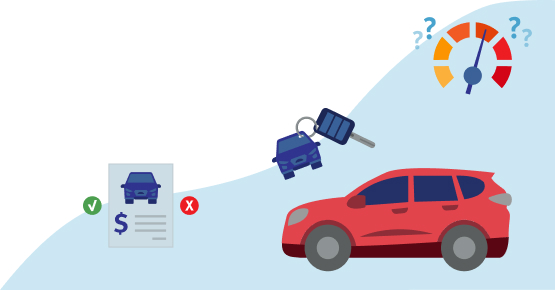
Paying for a Vehicle
Your students likely hope to buy a car. This module will help them explore whether they should get a new or used vehicle. They will also learn the difference between leasing and buying a vehicle, and consider the benefits and tradeoffs of various options.
Supplemental Resource Links
Purchasing an Automobile
In this lesson, students research and select an automobile for themselves or a fictional character. (To access these resources, you will need to register for a free account and verify that you are an educator. Once logged in, the link above will take you directly to the resource.)
Convertible or Clunker: Automobile Purchases
Students examine how much they can afford to spend on a vehicle, what to expect with maintenance and insurance, and whether financing options such as loans and leases are appropriate to their situations.
Deciding Which Car and Car Loan You Can Afford
In this simulation activity, students calculate monthly car loan payments and total costs for three different vehicles.
Earning Credit
Students are assigned an auto loan interest rate based on credit scores received from a series of activities. They calculate the real cost of buying a car and compare the total costs for individuals with high and low credit scores.
Buying and Owning a Car
On this site, students can learn about buying, leasing, renting, and maintaining vehicles. Use the video in the "Are Car Ads Taking You for a Ride?" section to launch a class discussion.
How Cars Can Keep You Poor
This video explores depreciation, financial considerations of used and new vehicles, and strategies for paying for a car.
Renting or Buying a Home
Help your students know when it makes sense to buy a home. They will explore the benefits and tradeoffs of renting and homeownership.
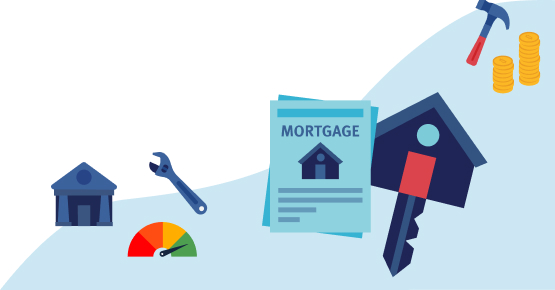
Renting or Buying a Home
In this module, students discover the benefits and tradeoffs of both renting and buying a home. After walking through key terminology, concepts, and factors to consider with both renting and buying, students watch an animated video followed by a brief “personality” quiz to determine whether their current preferences would lean them more towards renting or buying.
Supplemental Resource Links
Crash Pad: Homeownership and Renting
With this curriculum, students weigh the benefits and tradeoffs of buying or renting a home. They consider a variety of scenarios and justify decisions or offer better options.
Is It Better to Rent or Buy?
Deciding to buy a home is often the biggest financial decision most people will make. By adjusting the variables on this calculator, your students will learn factors to consider when deciding to rent or buy.
Explore Three Methods for Estimating Affordable Housing Payments
How do you know how much you can afford to spend for housing? Compare three basic methods with students.
Homeownership Infographics
Invite students to explore these infographics related to buying a home. Topics include the rent vs. buy decision, escrow, and foreclosure.
Review My Lease
Most students will rent before they buy. This tool offers a checklist of what to look for in a lease with a brief description of each component.
Is It Okay to Rent?
Use this video to explore the upsides of renting and why many people choose to rent rather than buy a home. It introduces students to the price-to-rent ratio and how to use it when making housing decisions.
Understanding Insurance
Students will explore the reasons people buy insurance and factors that influence the cost of various types of insurance.
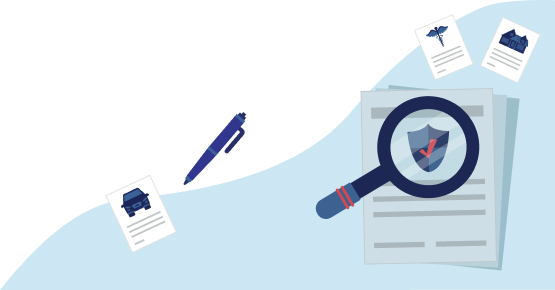
Understanding Insurance
In this module, students learn how insurance works and why people choose to use insurance. After a brief introduction, students discover that people can avoid, accept, reduce, or transfer risk and that insurance companies also face risk depending on how many people file claims. Finally, students discover factors that might influence the amount people pay for insurance.

Insurance, Risk, and Costs
After discussing why people buy insurance, students estimate the cost of auto insurance given nine different factors. In groups, they research what influences the cost of other types of insurance. Students discuss whether they think insurance is worth the price and ways to reduce their future insurance costs.
Supplemental Resource Links
Analyzing Auto Insurance Scenarios
In this activity, students explore real-world scenarios and make connections between the auto insurance coverage choices people make and the financial impacts of unexpected events.
I'm Young & Healthy, Can I Skip Health Insurance?
Is paying for health insurance worth it, especially for young and healthy people? This video explores the benefits and tradeoffs of paying for insurance and can be used to help students understand the insurance decision-making process.
Bummer!
Play this fun game with students and see the impact of insurance choices. The game covers pet, rental, and auto insurance, and there is an accompanying student activity.
Insurance
This complete unit plan includes lessons, activities, projects, and a case study on insurance including auto, health, and renters insurance. (To access these resources, you will need to register for a free account and verify that you are an educator.)
Choosing an Insurance Plan
How do you select an insurance plan? Compare and contrast plans and examine personal insurance needs to better understand the options available to students.
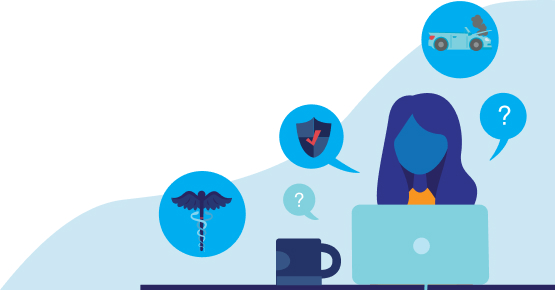
Choosing an Insurance Plan
Your students will explore factors to consider when selecting an insurance plan and ways to reduce costs including staying on a parents’ plan.
Supplemental Resource Links
Insurance Comparison Activities and Project
Students complete activities to compare auto and health insurance policies. In the “What Insurance Should I Buy?” project, students select insurance and then face scenarios where their choices have consequences. (To access these resources, you will need to register for a free account and verify that you are an educator.)
Exploring Types of Insurance
In this activity, students review twelve types of insurance—ranging from auto and cell phone to earthquake and flood—and determine which types they are most likely to use in their lifetimes.
Risky Business
In this lesson, students assess real-world scenarios and engage in inquiry-based research about buying insurance, including making a recommendation for health insurance after comparing three options.
Shop Wisely for Insurance
With so many companies and organizations offering insurance and a great deal of variation between policies, it can be hard to shop for insurance. This guide suggests what to look for and where to turn for trustworthy information.
Life Happens
Students can calculate how much life insurance they might need and learn why life insurance is important for people in different situations.
Understanding Your Consumer Rights
How do you stand up for your rights? Discuss the concept of consumer protection with your students and have them collaborate to create their own definition.
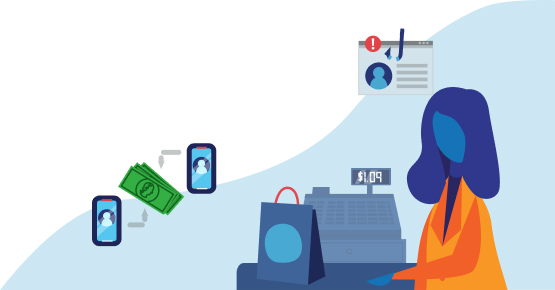
Understanding Your Consumer Rights
Your students will learn about making informed decisions and the importance of being an informed consumer, who carefully examines the source of information.

Protect Your Rights
After discussing what consumer protection might mean, students search for definitions online and then collaborate to create one using their own words. Students then work in small groups to research a consumer protection agency and prepare a series of social media posts on behalf of the agency.
Supplemental Resource Links
Consumer Rights Resources
LifeSmarts offers a competition for students to show what they know about consumer issues along with resources for teachers to instruct students on consumer-related issues.
Protecting Yourself as a Consumer
Invite students to research consumer rights and demonstrate the importance of consumer protection laws with this activity.
Consumer.gov
Introduce your students to the U.S. government's one-stop shop for consumer financial issues with information on what to look out for, how to prevent fraud, and which government agency to contact if you have a problem.
Consumer Products Laws & Agencies
After completing this lesson, students will have a better understanding of consumer rights and responsibilities, consumer protection laws, and agencies that enforce consumer rights.
State Consumer Protection Offices
Use this site to locate the consumer protection agencies in your state. They often have additional resources, and some may offer classroom presentations and materials.
